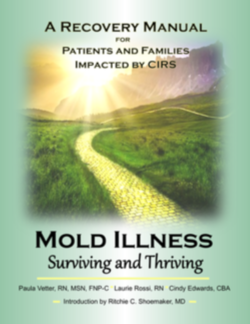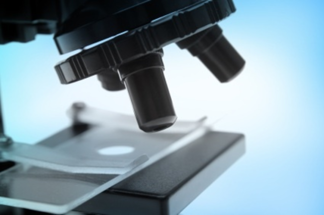NeuroQuant Paper Announcement

The Center for Research on Biotoxin Associated Illnesses of Pocomoke, Maryland is pleased to announce that its newest academic paper entitled “Structural brain abnormalities in patients with inflammatory illness acquired following exposure to water-damaged buildings: A volumetric MRI study using NeuroQuant®,” has been accepted for publication by the peer reviewed journal, Neurotoxicology and Teratology. Written by Ritchie Shoemaker MD, Dennis House, statistician and James Ryan, PhD, this paper provides statistically significant evidence in a case/control study design that shows a unique and distinctive “fingerprint” that identifies patients sickened by exposure to water damaged buildings (WDB).
To date, no prior study has identified a structural basis for the often observed deficits in executive cognitive functioning seen in patients affected by wet, moldy buildings. Further research is ongoing to expand investigation of the particular volumetric changes of microscopic interstitial edema and atrophy seen before treatment of the innate immune inflammation these patients demonstrate. With treatment, these unique findings abate, a finding not reported to date in medical literature.
Dr. Shoemaker states, “We were impressed by the thoroughness and quality of the peer review provided our paper. Our findings are solid; we look forward to continuing our research with other investigators. Now that we can show the central nervous system effects of exposure to damp buildings; and demonstrate correction of cognitive deficits and objective markers for the syndrome (called CIRS-WDB), we are seeing that the principles we use to correct abnormal inflammation can restore normal structure and function of brain in other inflammatory conditions as well.”
The article may be viewed for educational purposes on SurvivingMold.com by clicking here.
Featured Resources
Common Questions & Answers about Cholestyramine (and why it’s the most effective option out there).
Cholestyramine (CSM) is an FDA-approved medication used in an initial stage of The Shoemaker Protocol because it has a unique affinity for binding with biotoxins and effectively eliminating them from the body.
*NEW FEATURED ARTICLE * Actinobacteria Update: The revolutionary findings on biotoxin illness further explained.
Based on newer, published and confirmed information and testing, we’ve been able to expand the concept of specific causation of "mold illness" or CIRS to include indoor-dwelling Actinobacteria
A Physician’s Guide to Use of Actinobacteria Indices
In the newest report from EnviroBiomics, Actinomycetales, also called Actinobacteria, are now reported with an additional factor called an Actino Index. We look at a Dominance Index (DI) and a Prevalence Index (PI) to assist physicians in making clinical de...
New Research Article!
Treatable metabolic and inflammatory abnormalities in Post COVID Syndrome (PCS) define the transcriptomic basis for persistent symptoms: Lessons from CIRS
Newer Molecular Methods Bring New Insights into Human- And BuildingHealth Risk Assessments from Water-Damaged Buildings: Defining Exposure and Reactivity, the Two Sides of Causation of CIRS-WDB Illness
Scientific disciplines dependent on accurate analytics invariably evolve due to advances in technical aspects of measurement. In disciplines in which adequate measurement is not available for applications to public health policy, the impact of new paradigms...




